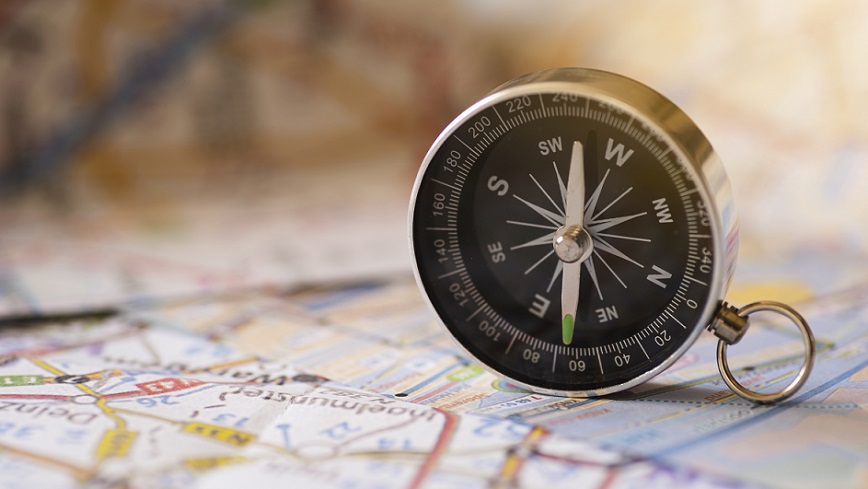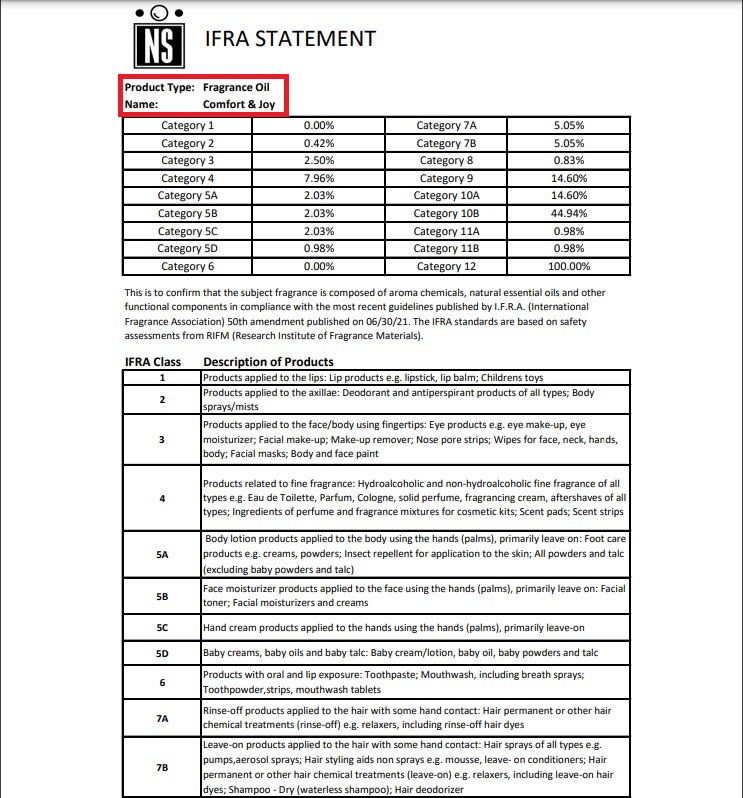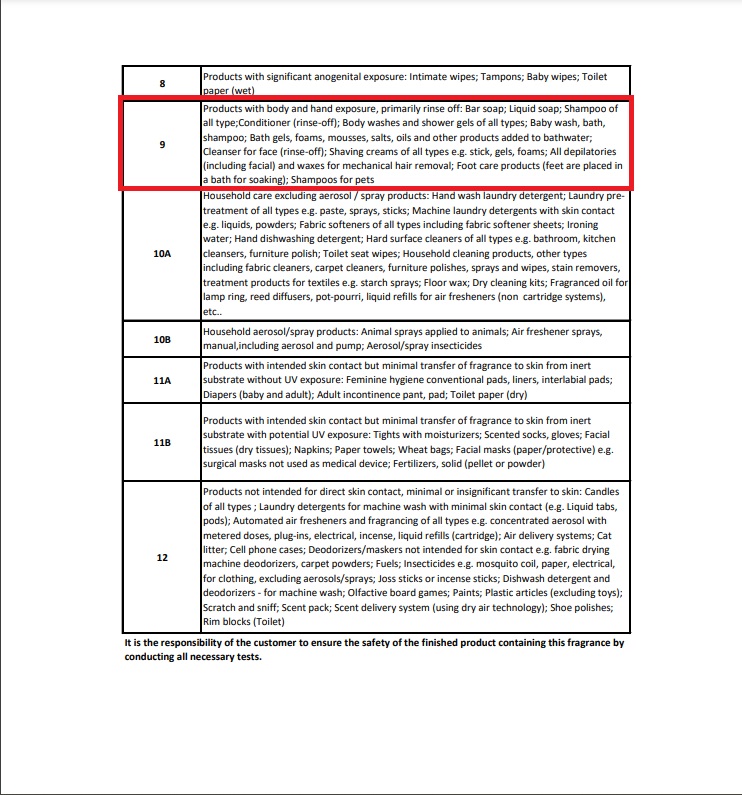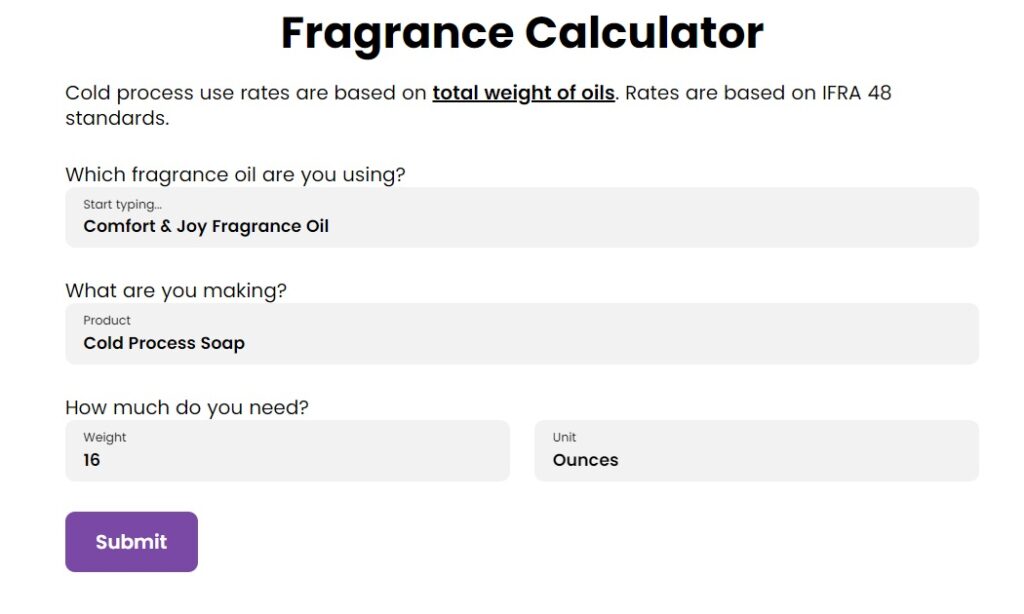IFRA Guidelines:
IFRA guidelines are not necessarily hard to understand, however they are guidelines that every soap maker has to get there head around. We feel, the best way to do this is with an explanation, followed up by some examples.
Keep in mind we are focusing more on soap making. Hence, we’ll focus our attention on fragrances used in soap-making when reviewing IFRA guidelines.
What Are IFRA Guidelines
Firstly, if you’re new to soap making, you’re probably wondering what does IFRA even stand for, and who are they?
IFRA stands for The International Fragrance Association. This association is one that represents fragrance manufacturers. They essentially evaluate and publish guidelines for usage of fragrance oils.

Truly, the first step in buying fragrances for a consumer should be making sure the supplier has IFRA guidelines for each fragrance oil. A fragrance that is safe in one application, like soap making, may not be safe in a leave on application like body creams. Even if they are, the usage rate will likely differ.
The IFRA is broken down into categories. Consequently, is how you will find recommended usage rates for fragrances.
That being said, if you go to a suppliers website and notice that their fragrance has “NO” IFRA documentation behind it, that should be a moment of pause for you! Contact the supplier and ask if there is documentation on it, and where you can find it. If there is not, personally, we would not use it.
In fact, all the fragrances we use, have IFRA guidelines and amounts that we adhere to in using it in our cold process soap recipes.
Related Article: Lye Safety: How to Safely Handle Lye or Sodium Hydroxide
Let’s Look at the IFRA Categories:
Because Nurture Soap is one of our favorite suppliers, and Comfort & Joy is one of our favorite scent combinations, we’ll use this as an example.
Below is an example of an IFRA Statement:

What does all this mean?
Every fragrance should have it’s own IFRA documentation like this one. As you can tell, this one is specific to “Comfort & Joy” fragrance from Nurture Soap.
What this statement is telling you is how much, if any, amount of Comfort & Joy fragrance oil can be used in specific applications. (i.e. soaps, lotions, bath bombs, perfumes, lip products).
So we’re interested in this fragrance for soaps! What next?
Specifically, Let’s Look at This IFRA, for Soaps!

Step 1:
Double check the top of the statement, where it clarifies “product type” and “name”.
Step 2:
Now, look at the category that coincides for the application you wish to use it for. In our case, the IFRA class is 9: “liquid or bar soaps, depilatory, rinse-off conditioners”, etc.

If you were looking to use this same fragrance for lotion application, it would be IFRA class 4. It has a different usage rate then “bar soaps”.
Step 3:
Locate “Category 9” in the upper portion of the document. Next to category 9, it says 14.60%. This means it can be used UP TO 14.60% in soaps!
In many cases, fragrance oils can be used up to 5-6% in CP soap recipes. Do you want to use at 14.60 percent, probably not.
Let’s use this information to figure out an example recipe!
Example Recipe with Comfort & Joy Fragrance Oil!
We’re going to “pretend” we are making 1 lb. of soap.
First:
1lb = 16oz of soap
(so how much Comfort & Joy fragrance do we need for 16oz of CP soap?)
Secondly:
We recommend using fragrance oils no more then 5%-6% of a recipe. So in this case we could use up to 6%, per our standards. Technically, we could use 14.60% and still be safe, but that’s far to much fragrance oil. So, let’s go with 4%
4% = 0.04 in decimal form
Convert the percentage of fragrance oil into decimal form.
Thirdly:
16oz x 0.04 = 0.64 ounces of fragrance
Simply multiple the amount of soap (16oz) times the (max amount fragrance oil, 0.04 or 4%) to get the max usage in this batch of soap!
Do you always have to use the “max” amount, NO! However, this gives you the max safety rate for this fragrance oil!
Important Note:
Let’s say you did another fragrance oil and the percentage for bar soap (category 9) said 30% instead of 4%.
Are you going to use up to 30% of that fragrance in your soap? NO! The IFRA guidelines are a guide. They essentially tell you how much of a fragrance can come in contact with your skin without irritation as a result.
Generally, when making cold process soaps with fragrances, the percentage should be somewhere around 5-6% or lower.
Make it easy on yourself, keep reading below!
Fragrance Calculators, Let’s Take a Peak!
In todays world of soap making, suppliers have made this process even easier, by providing there own fragrance calculators, taking the math and guess work out.
Suppliers like Nurture Soap, Brambleberry and WholesaleSuppliesPlus.com have these calculators, which will tell you how much fragrance oil in ounces and/or grams to add to a certain amount of soap for a desired strength of aroma!
Here is our example plugged into the Nurture Soap Fragrance Calculator.
Related Article: Working with Colorants in Cold Process Soap Making: How to Premix
Step 1: Fill out the from for your desired fragrance, amount and application!

We simply filled out the “form” in step 1
Step 2: The Results

As you can see, they give the amounts for a light, medium or strong scent. Our 0.64 ounces was spot on in our calculations for our usage rate!
Final Thoughts!
If there is one saying we could relate to for cold process soap making, it’s “work smarter, not harder” – Allen F. Morgenstern.
Soap making is a process, and can be a marathon to learn all of the phrases, and to really create your own soap product with all the qualities you want.
Use the tools around you. There are many different soap calculators, colorant calculators, and fragrance calculators to help take the guess work out of the craft. Understand the process, but use the tools available.
Find one or two soapers or websites that you think are easy to follow and understand. Learn the basics or a new concept and then practice with it. Trial and error is a key to success with soap making, don’t get overwhelmed or caught-up with a mistake, or a soap that doesn’t turn out perfect as you want it. Learn from it and grow!
Happy soap making, thanks for stopping in! We hope to have your again soon!


